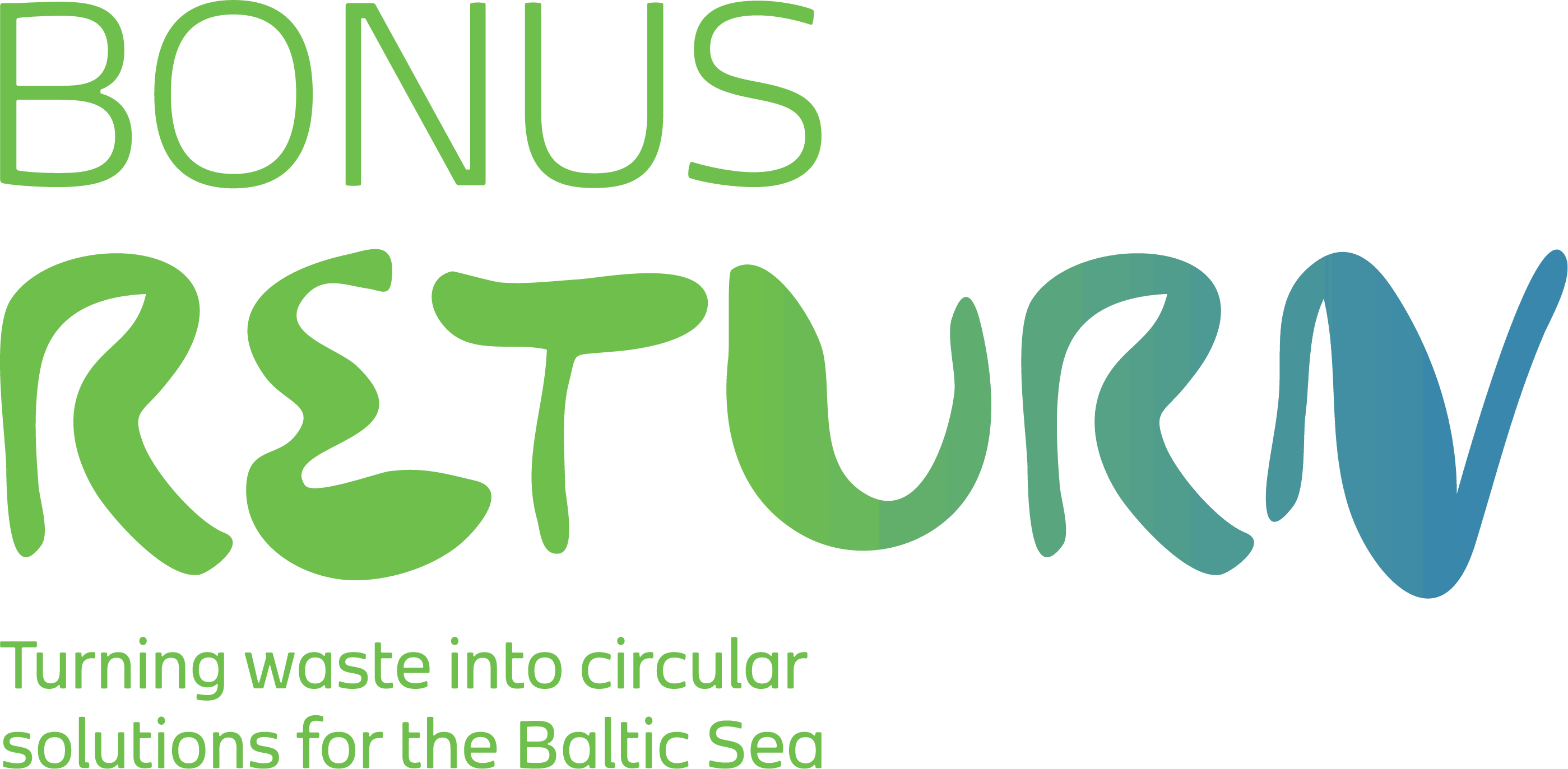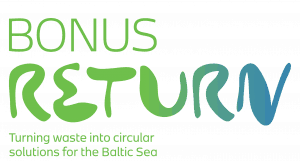Authors: Neal R. Haddaway, Solveig L. Johannesdottir, Mikołaj Piniewski and Biljana Macura
The biggest terrestrial sources of nutrient emissions to the Baltic Sea are agriculture and wastewater, both major causes of eutrophication. This systematic map collates and describes evidence on ecotechnologies for recycling carbon and nutrients from domestic wastewater. Wastewater contains nutrients and organic matter that could constitute valuable products such as agricultural fertilizers and source of energy. With the EU’s action plan for circular economy, waste management and resource utilization is central. Thus the integration of resource recovery to wastewater management could create benefits beyond the wastewater sector. There is a growing interest in resource recovery from wastewater. However, there is no systematic overview of the literature on technologies to recover nutrients and carbon from wastewater sources done to date. This article presents a systematic map that will identify a representative list of studies on ecotechnologies for reusing carbon and nutrients – nitrogen and phosphorus – from domestic wastewater, which includes e.g. sewage sludge and wastewater fractions. The outcomes of this systematic map will be a searchable database of coded studies. Findings will be presented in a geo-informational system (i.e. an evidence atlas) and knowledge gaps and clusters will be visualised via heat maps.

